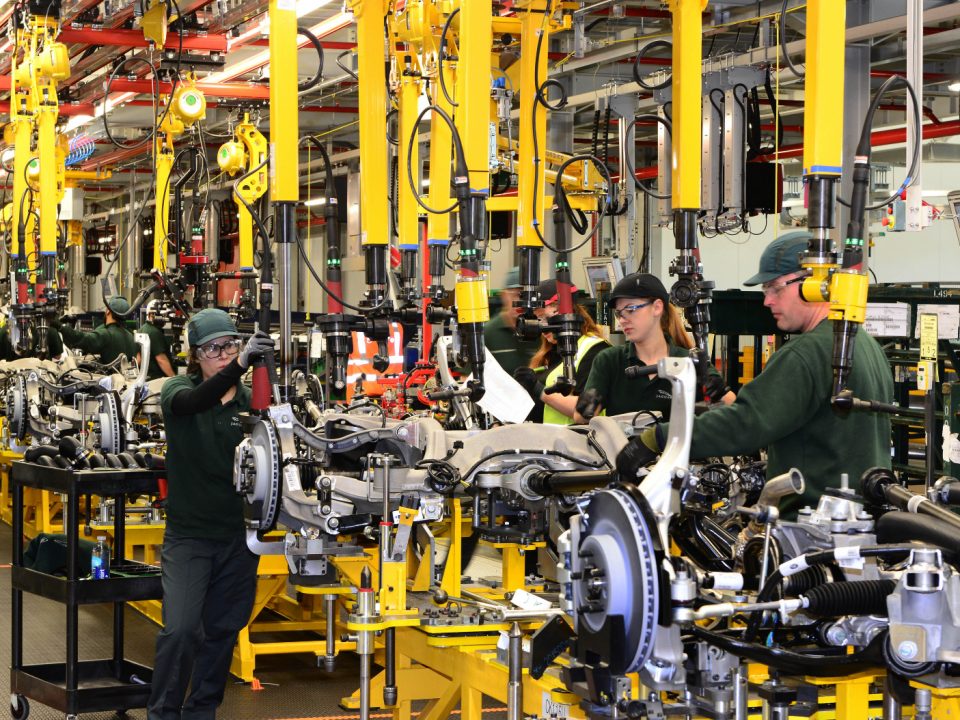
10 Commercial Law Terms To Know Before Starting A Business
August 31, 2021
Uber BV and others (Appellants) v Aslam and others (Respondents)
September 1, 2021Article written by Alina Kazmi
Introduction
Electric Vehicles (EV) are perceived as one of the key solutions for the UK, to reach a net-zero economy by 2050. Electric cars function by plugging into a charge point and taking electricity from the grid. They store electricity in rechargeable batteries, which power an electric motor that rotates the wheels. EV’s accelerate faster than vehicles with traditional fuel engines, so they feel lighter to drive (EDF energy).
The Current EV Market
Tesla was the first company to gain attention by releasing the first electric sports car, the Tesla Roadster. Since then, it has become one of the world’s best-selling plug-in electric cars. Other traditional car manufacturers such as VW are catching up with Tesla’s electric range, which provides customers with more EV options; for example, this is seen through VW’s ID.3, the Mini Electric.
Recently, Hyundai released three new electric cars (The Times), as the carmaker relaunched its IONIQ model name as an electric sub-brand with three new models. There will be an IONIQ 6 model, an executive car aimed at the Tesla Model 3 market. Nissan aims to maintain its lead over Tesla and VW in reusing batteries (Financial Times). This shows the development towards more electric vehicles being found on our roads, and now that Nissan is reusing batteries, it increases EV’s efficiency by giving its car batteries a second life. In Britain this year, 25 electric models are due to be launched. Currently, 9% of all cars registered in Britain are either pure electric or plug-in hybrids, which is an increase from last year where there was only 2.5%. This shows a progression towards meeting the UK's net-zero target by 2050.
An increase in EV’s has resulted in an increased reliance on big lithium-ion batteries to store renewable energy. However, this has resulted in negative consequences such as ‘big battery’ fires such as Tesla’s fire at its largest battery installations at Moorabool (Financial Times). There have been 38 big lithium-ion batteries since 2018. Therefore, further consideration should be given to safety regulations as battery packs become more prevalent. The danger of fires and explosions at energy storage sites present risks as demand is set to increase. For example, a crashed Tesla Model S took eight firefighters seven hours to put out, using 28,000 gallons of water in the process.
Further issues include the lack of public charging infrastructure, which creates a barrier to the widespread adoption of EVs. The Transport Select Committee also stated another issue, the potential for disproportionately high public EV charging costs vs home charging. This would mean that most of the population would see buying an EV as cost-prohibitive (Shoosmiths). Approximately 25% of British homes have no access to off-street parking and therefore would be more reliant on more expensive public EV charge points.
Therefore, the long-term affordability issue should be looked at. Law firms such as Shoosmiths would need to support individuals who live in rental properties, as they are unable to install domestic charging points by virtue of their rental agreement.
The Way Forward
The Government is funding a £20 million project that the Department of Transport has approved for a 20-kilometre electric motorway near Scunthorpe. This is aimed at accelerating the rollout of zero-emission road freight. It will offer tram-like technology, as heavy goods vehicles will speed along, while being charged on the go via overhead power lines. This will help minimise delays for deliveries, as there would not be a need for frequent recharging stops.
However, this technology would require high upfront investment, and the ongoing maintenance is still uncertain. This will also raise legal issues for law firms with strong automotive industries, such as Shoosmiths and Dentons, as some future electric motorways would be set-up and run by private companies, with the private firm levying a user charge. The electric motorways operation model would raise issues regarding the maintenance cost of the road concerned, due to private electric infrastructure being cited on a public highway. Therefore, a shift towards electric motorways could raise concerns on whether the technology can turn a profit.
Furthermore, secondary legislation is set to take place in autumn 2021, to mandate that private charge points; must be smart and meet minimum device- level requirements. Although this seems appropriate, it is only a small step towards a long-term solution for the emerging charge point market. To meet the demand for all cars and vans to reach zero emission by 2040, the system needs to be smart from the start: smart charge points, smart regularisation and smart delivery (Shoosmiths).
Robin Webb from Shoosmiths states that the fear of electric vehicles to cover the mileage range individuals want is likely to become a thing ‘of the (near) past’ as latest models, for example, various Tesla’s models offer journeys in excess of 300 miles on a single charge. However, other issues such as EVs placing a considerable demand ‘on the National Grid’ will need to be addressed. Robin also believes we are entering a new era where ‘vehicle ownership’ is generally declining, as people want to use transport in a way that resonates with the environmental values. This will, in turn, transform the mobility sector.
Lastly, according to Moore’s Law on the evolution of electric cars, it is argued that batteries improve (fasting charging and longer-lasting) by around three per cent each year. This is seen in Nissan’s leaf, as the batteries have increased efficiency, from lithium-ion to cobalt and deploying silicon. According to Moore’s Law, it is not unrealistic to predict that by 2030 we could see commercially viable solid-state batteries.





